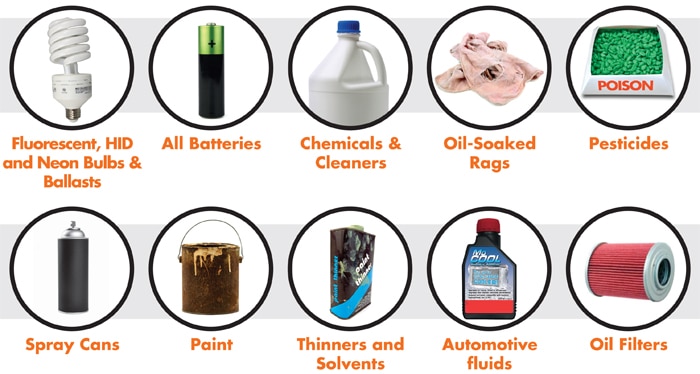Working with Estate Agents
Buying or selling your home is known for being one of the most stressful times in your life so getting …

In the UK, hazardous waste is waste that poses a potential risk to public health or the environment. It might be harmful to humans, animals, water sources, or the larger environment. Here are some common examples of hazardous waste items in the UK:
If someone believes they have hazardous waste to dispose of in the UK, they should consult the Environment Agency (in England), Natural Resources Body for Wales, the Scottish Environment Protection Agency, or the Northern Ireland Environment Agency for guidance on proper disposal procedures. It’s essential to ensure hazardous waste is disposed of safely to protect both people and the environment.
Buying or selling your home is known for being one of the most stressful times in your life so getting …
JS Removals have seen an increase in instances of asbestos containing materials that have been damaged with the ever-increasing frequency …
When it comes to purchasing a house, there are a couple of important steps to take to ensure that the …